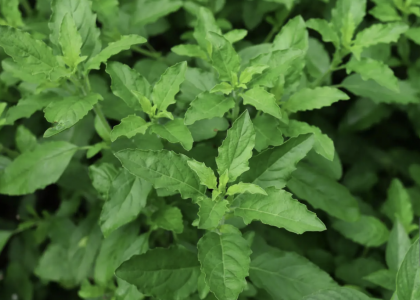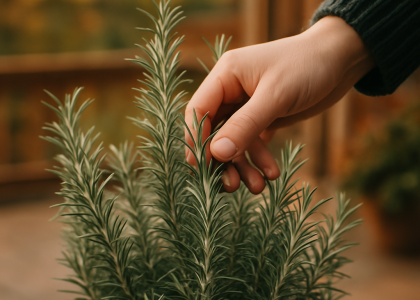What if luck could grow on a stem? Meet Oxalis, more fondly known as Wood Sorrel, a charming and often underrated plant that blends ornamental appeal, traditional healing, and a touch of serendipity—all in one pot.
Whether you know it as the “Lucky Clover,” “Pink Shamrock,” or by its scientific name Oxalis, this perennial herbaceous plant is more than just a St. Patrick’s Day mascot. With its trifoliate leaves and bright blooms, Oxalis is winning hearts as a popular groundcover, houseplant, and wellness garden staple.
The Name Behind the Luck
In Chinese, it’s known as 酢浆草 (Cùjiāngcǎo), meaning “sour leafy herb,” a nod to the tangy, citrus-like flavor of its leaves (due to natural oxalic acid content). This sourness links it to its historical use in both traditional medicine and as a humble edible green.
The Latin name Oxalis is derived from the Greek word oxys, meaning "sharp" or "acid," again referring to its sour taste. But it’s the three-lobed leaves that give it its global fame as a symbol of luck, especially when a rare four-leaf variation appears—a real-life lucky charm.
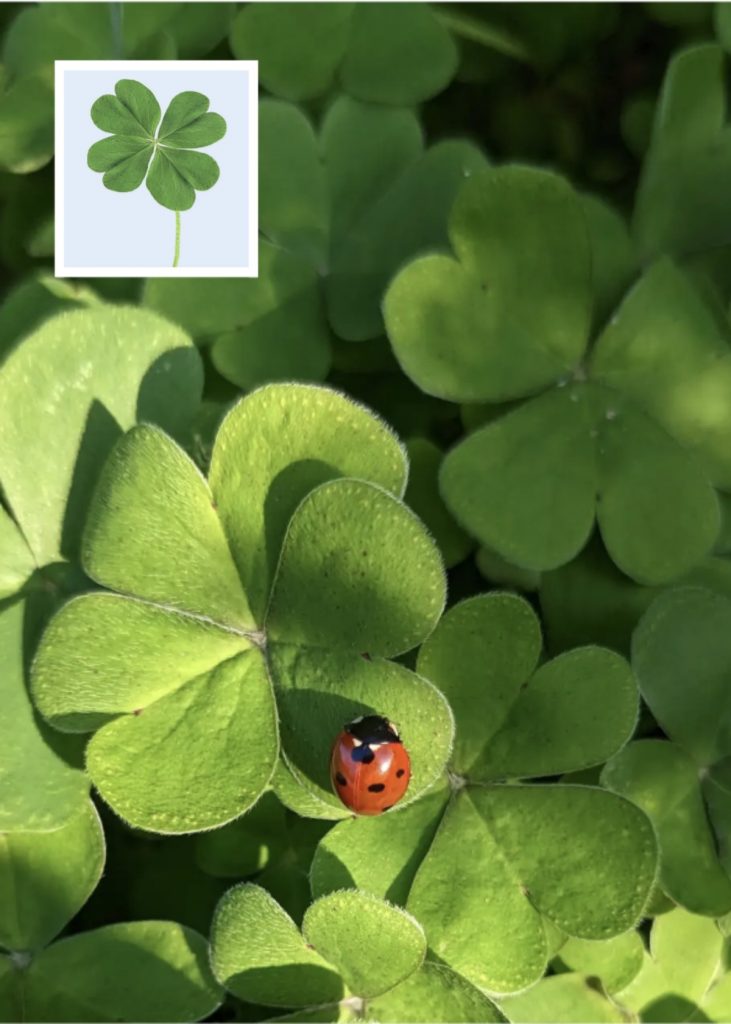
Visual Appeal & Botanical Features
Oxalis is a low-growing, soft-stemmed plant with no prominent central stem. It produces long, delicate petioles (leaf stalks), each carrying a trifoliate (three-leaf) blade in a distinct heart or butterfly shape. The most familiar types bear purple-pink or bright yellow flowers, which bloom from late spring through fall.
Look closely and you might spot:
- Reversible leaves: Deep green on top, purplish underneath.
- Fine hairs along stems and leaf edges.
- Delicate flowers with five petals in umbrella-like clusters.
Occasionally, a mutation creates a four-leaf cluster—the so-called Lucky Leaf, bringing symbolism and curiosity together in one pot.


Growing Conditions & Habits
Originating in East and Southeast Asia, Oxalis thrives in warm, humid environments and prefers well-drained, slightly acidic soils rich in organic matter. It's commonly cultivated in regions like southern China but adapts well to temperate climates in pots or garden beds.
Ideal Growing Conditions:
- Light: Bright, indirect light to partial sun (avoid harsh midday rays)
- Water: Keep soil moist but not soggy; allow top layer to dry slightly between waterings
- Soil: Loose, fertile, and well-draining—add a bit of sand or perlite
- Humidity: Prefers moderate to high humidity, mimicking its tropical origins
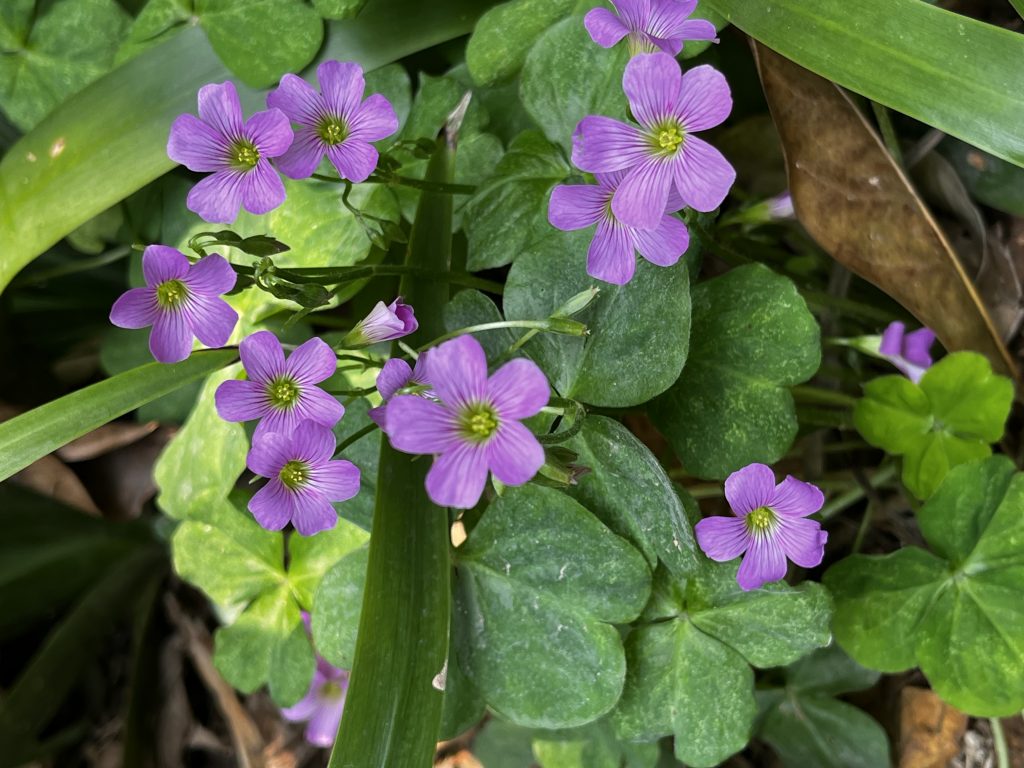
Propagation and Care Tips
Oxalis is simple to propagate:
Division: Separate rhizomes gently and replant in fresh soil
Bulblets: In some species, bulb-like structures can be split and grown independently
Seed: Less common, but possible for larger cultivars
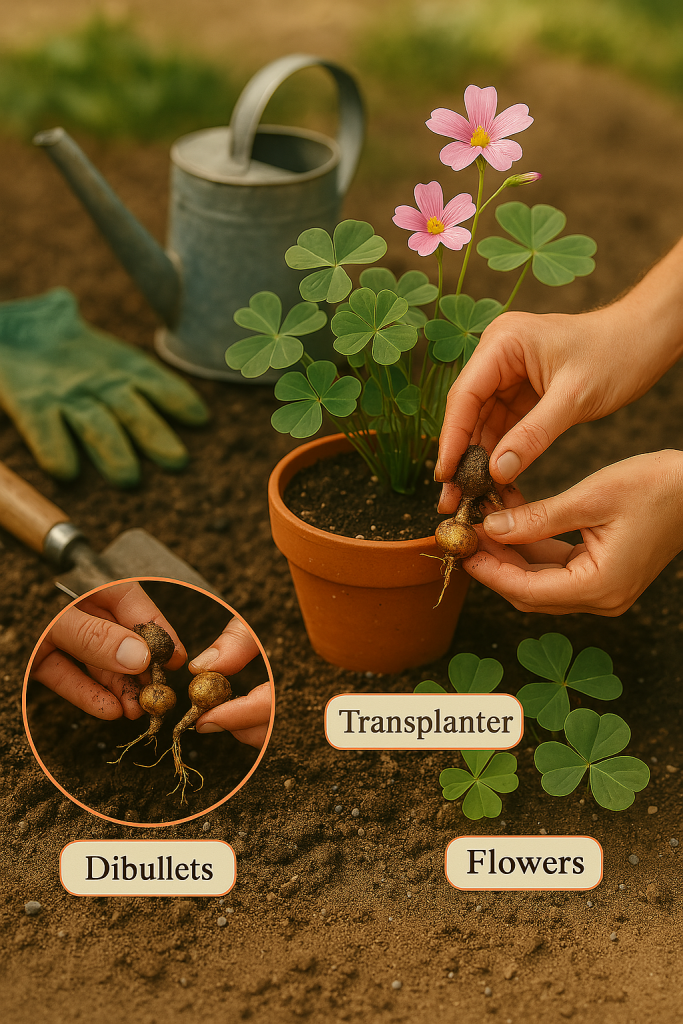
Ongoing Care:
- Fertilize lightly during the growing season (spring to early autumn)
- Trim dead leaves and faded flowers regularly to encourage blooming
- Overwinter: In cooler zones, bring pots indoors or mulch over garden plantings
Medicinal History & Modern Wellness
Oxalis has long been used in traditional Chinese medicine as a cooling, detoxifying herb. Known remedies include treatments for:
Inflammation, sore throat, and mouth ulcers
Skin irritation, wounds, and even minor burns
Digestive discomfort like diarrhea and jaundice
⚠️ Important Note: While historically used medicinally, the plant contains oxalic acid, which can be toxic in large quantities—especially to livestock or pets. Use responsibly and consult an expert before ingesting.
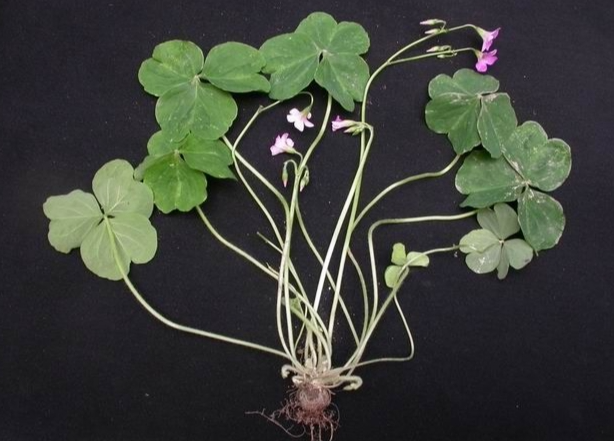
A Plant of Luck and Lifestyle
In today’s wellness-driven garden culture, Oxalis checks every box:
Low-maintenance
Visually soothing
Full of cultural symbolism
And it may just bring a bit of luck to your windowsill or backyard oasis.
It’s no surprise that Oxalis has found its way into everything from urban balcony gardens to eco-style floral arrangements. As more gardeners seek meaningful, multi-functional plants, the lucky Oxalis is having a moment.
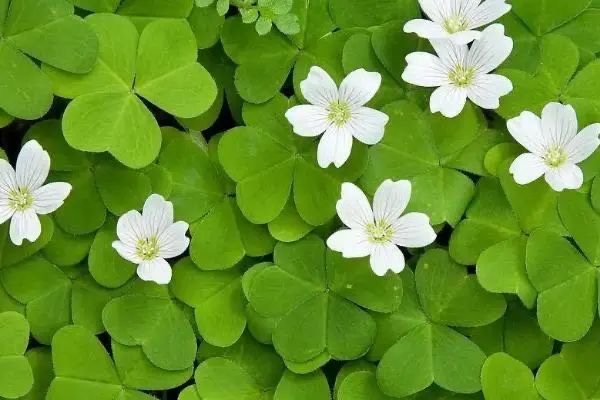
Final Thought
Whether you’re seeking herbal nostalgia, minimalist aesthetics, or a little botanical magic, Oxalis brings it all. It’s small, strong, beautiful—and just might be your new favorite green companion.


